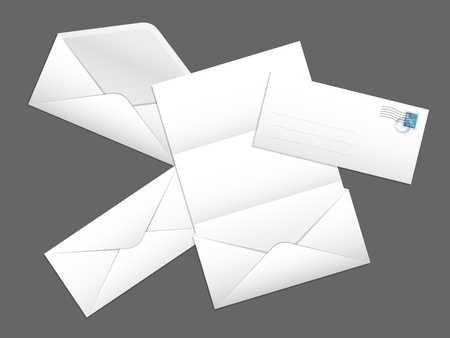

J&C Blog
Find all the latest marketing trends on the J&C Blog.

Find all the latest marketing trends on the J&C Blog.
Insurance: it’s one of the most complex industries out there.
With all the intricate information about plans, premiums, benefits, and beyond… well, it can be hard to wrap your head around.
This is even harder to do when your goal is:
• Get people to open your package… then read it
• Communicate with them in the simplest language possible
• Inspire the reader to take action
It’s a difficult challenge, but worth the effort. 70% of customers prefer to receive information about healthcare and insurance through the mail. When it comes to the insurance industry, direct mail continues to outperform every other channel, including digital.
But what makes an insurance direct mail package successful?
Let’s break it down, using one of J&C’s success stories:
And speaking of the call-to-action, it should be the biggest, most eye-catching thing on the page. You don’t want your audience hunting for it. In fact, try to get the phone number or URL in EACH third of the letter. Make it prominent in the top third, mention it in the body copy to get in the middle third, and anchor the piece with the CTA at the bottom.
3. The right audience, at the right time
Use data to your advantage. You can segment and personalize direct mail based on simple demographics, sure. But you can go beyond just that.
Insurance is an industry that aligns with different stages of life. A young driver needs car insurance… new homeowners starting a family need home insurance… folks in their sixties age in to Medicare. Meet your audience where they are. You can trigger a mailing about home insurance to new movers, complete with home images, boxes, families… whatever your audience may relate to. For older folks, bump up the type size so it’s easy to read. You should always understand where your audience is in life and meet them where they're at.
J&C helps direct marketing professionals create highly responsive direct mail campaigns that generate improved response rates, more revenue, and better ROI. And it’s all done using our proven philosophy. Our mission is to shatter response rates for financial, insurance, and any other companies in the regulated and restricted products market. To learn more, get in touch with J&C today.
Topics: Direct Marketing, Insurance Marketing, Direct Mail
303 E Wacker Drive, Suite 2030
Chicago, IL 60601
Phone: 312-894-3000
Fax: 312-894-3005